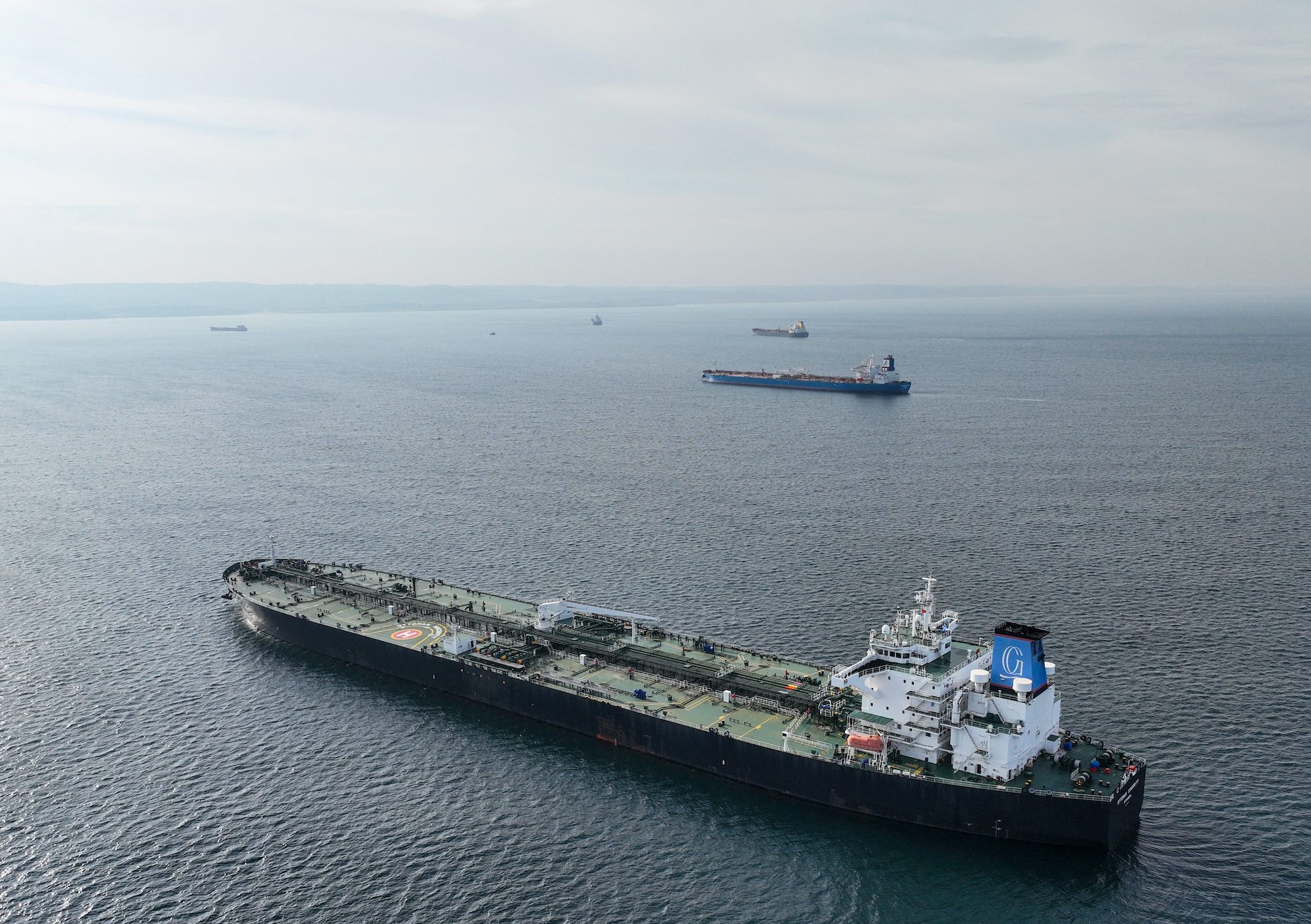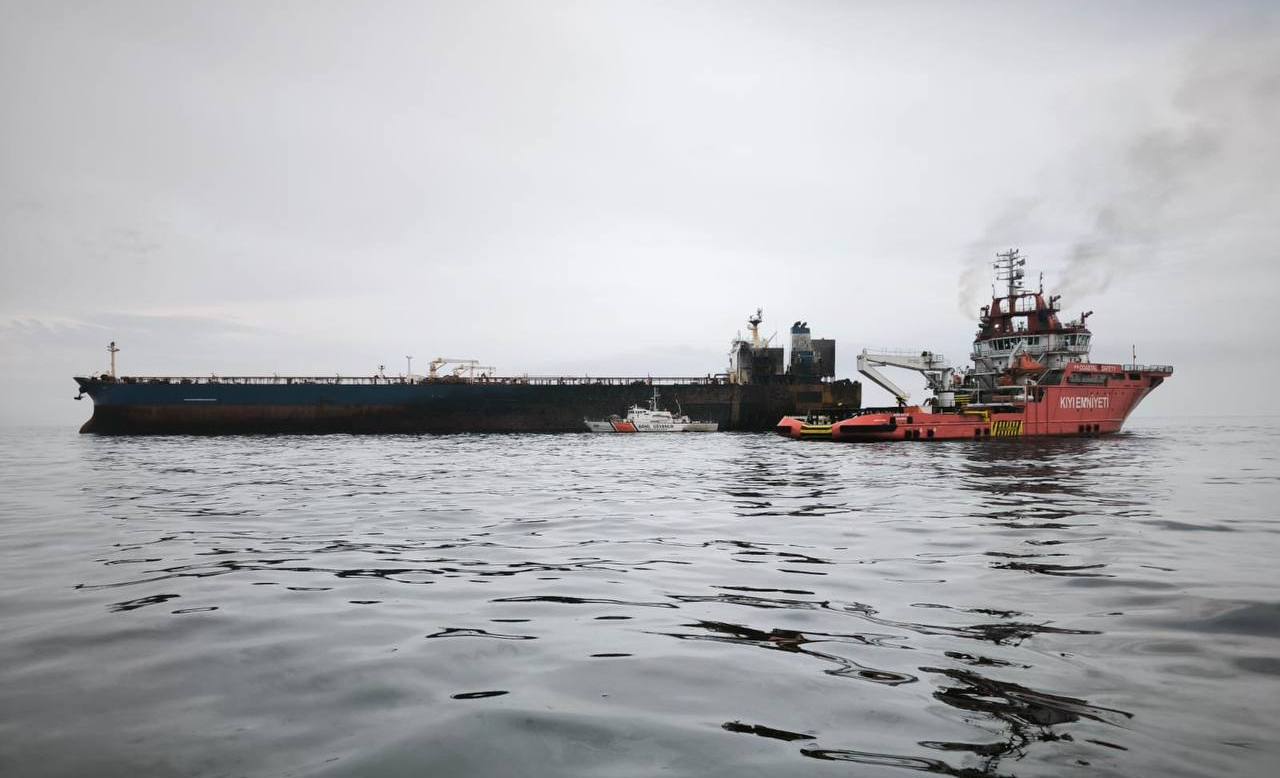The container shipping industry is set for more market volatility following a ruling by the U.S. Court of International Trade that deemed President Trump’s “Liberation Day” tariffs unlawful.
The court’s decision found that Trump had exceeded his authority under the International Emergency Economic Powers Act (IEEPA) of 1977, invalidating the 10% baseline tariff on most imports and higher tariffs targeting countries including China, Canada, and Mexico. The ruling specifically noted that long-standing trade deficits and drug trafficking concerns do not constitute the “unusual and extraordinary threats” required for IEEPA implementation.
The Trump Administration has indicated its plans to appeal the ruling.
According to Xeneta, a freight rate benchmarking firm, while the ruling appears positive for shippers who have faced substantial import cost increases, it may herald a new era of supply chain complexity.
Emily Stausbøll, Xeneta Senior Shipping Analyst, warns that despite the court’s decision, alternative measures could still impact shipping costs. “Even if the appeal fails, Trump will not throw in the towel and he has other levers to pull to achieve the same outcome as the sweeping tariffs,” she notes, pointing to proposals such as port fees on China-affiliated vessels and the SHIPS for America Act.
“When Trump does pull these levers, we could enter a new era of confusion in supply chains because the situation will become more complex for shippers to navigate,” Stausbøll states.
Gene Seroka, Executive Director of the Port of Los Angeles, said Wednesday’s ruling “adds a new layer of uncertainty to the global supply chain.”
President Trump on Thursday posted a meme with the caption, “He’s on a mission from God, and nothing can stop what is coming,” underscoring the continued uncertainty that still to come.
The market has already responded dramatically to recent tariff developments. Following the May 14 lowering of US-China tariffs, average spot rates from the Far East to the U.S. West Coast jumped 17% to USD 3,040 per FEU, while East Coast rates increased 11% to USD 4,095 per FEU, according to Xeneta.
Meanwhile, mid-high spot rates, typically paid by more proactive shippers, have seen even steeper increases, rising 22% to USD 3,200 per FEU for West Coast routes and 15% to USD 4,250 per FEU for East Coast destinations since May 14.
Market indicators suggest even more dramatic rate hikes may be possible.
“Ongoing frontloading of imports will see big increases in spot rates on 1 June,” says Stausbøll. “Average spot rates will rise at least 18% from the Far East to US West Coast and 14% into the US East Coast. Data is being received from shippers paying far higher rates than this, so the market has the potential to increase even more dramatically in early June.”
Some businesses have positioned themselves during this period of uncertainty. Shippers utilizing bonded warehouses in the U.S. can now strategically time their goods’ release once the “Liberation Day” tariffs are officially lifted.

 Join The Club
Join The Club










